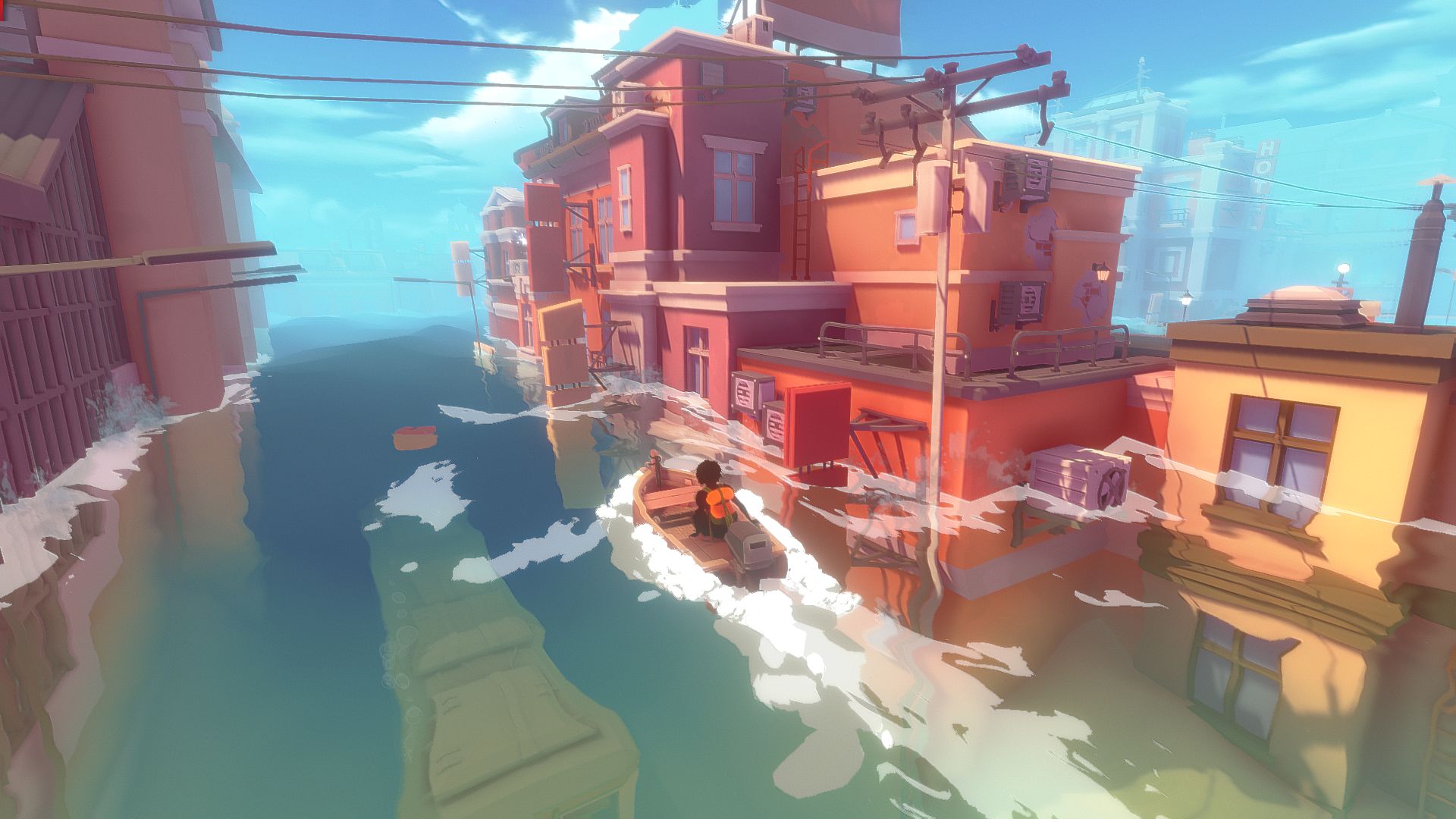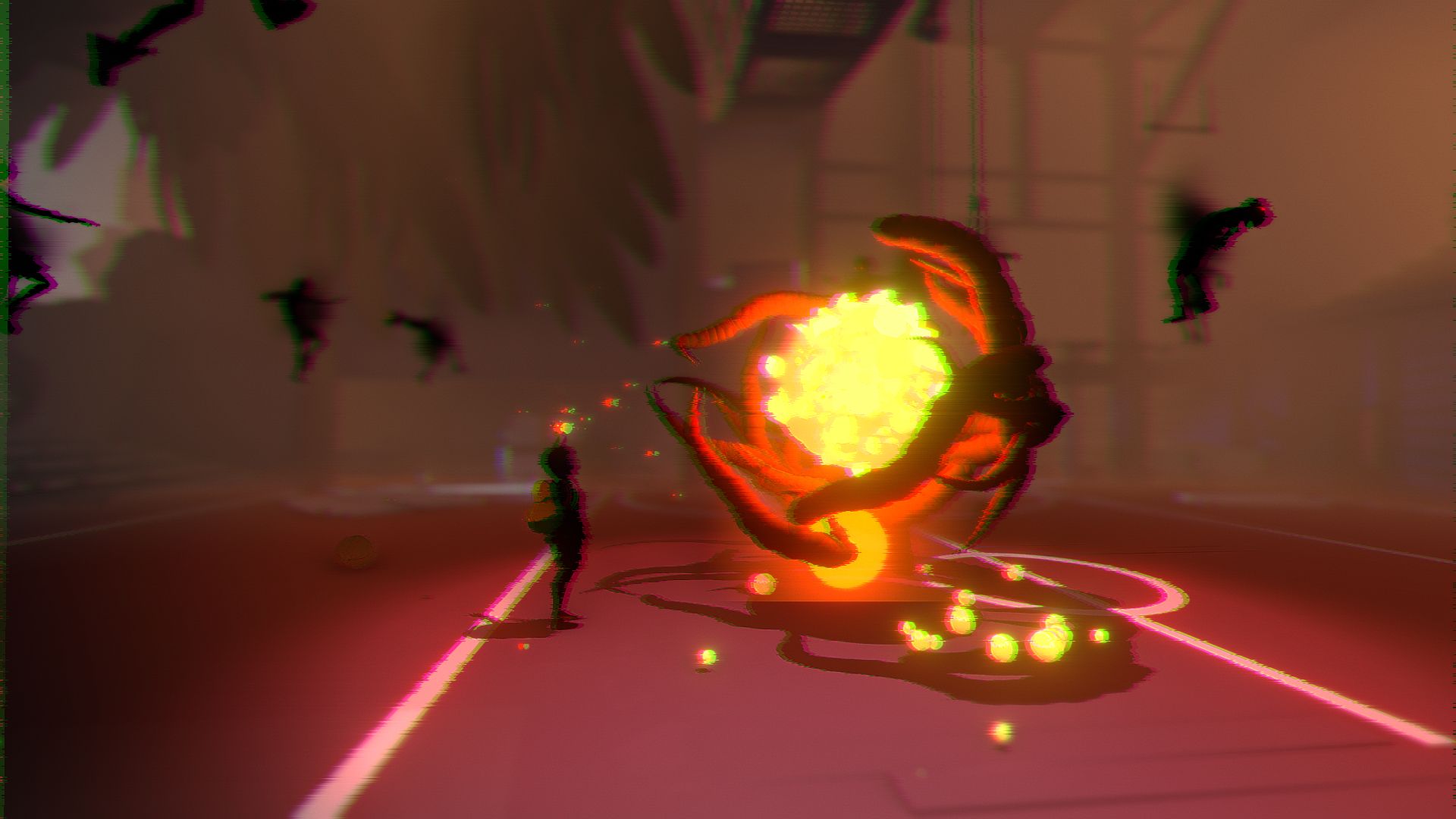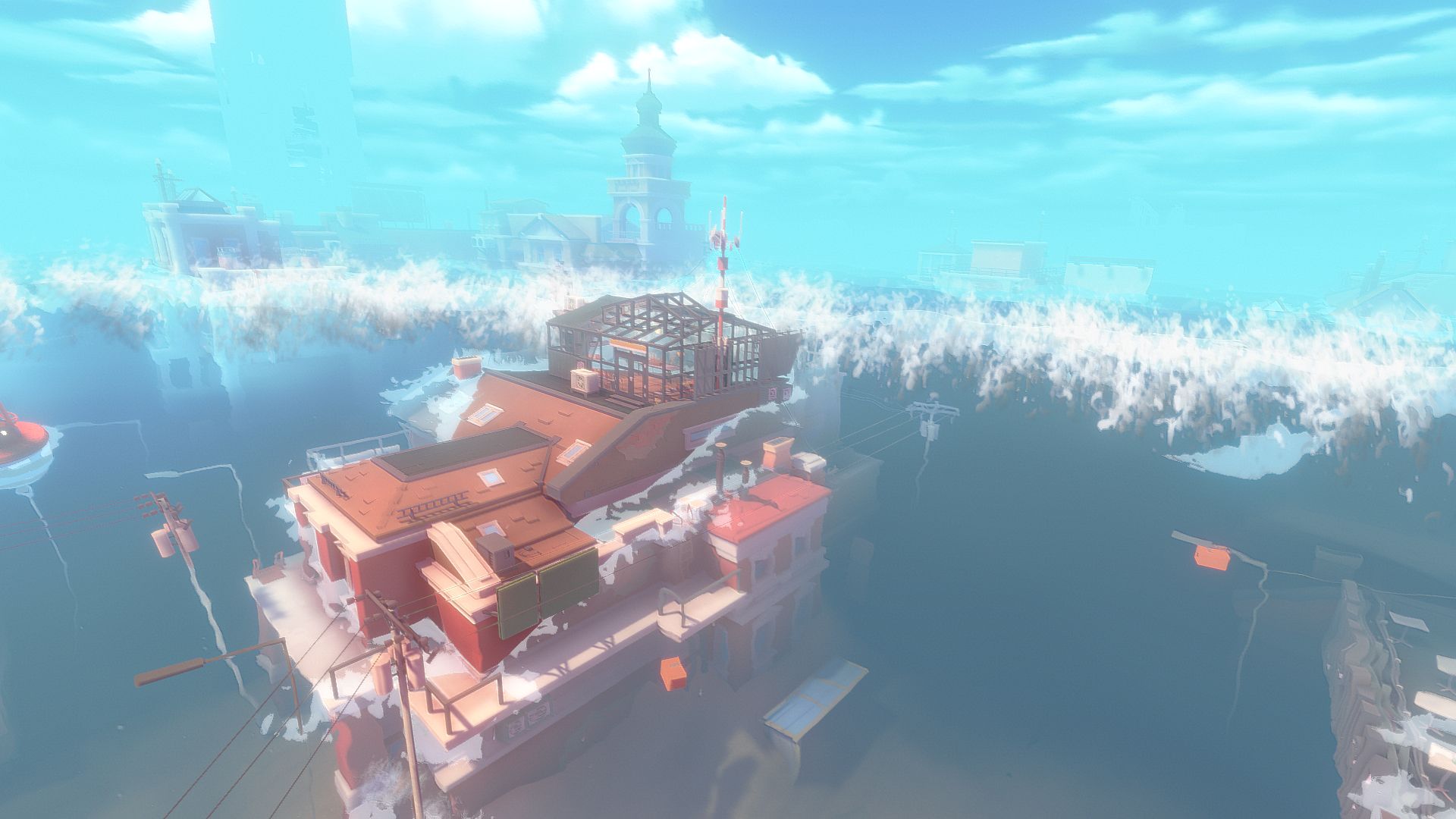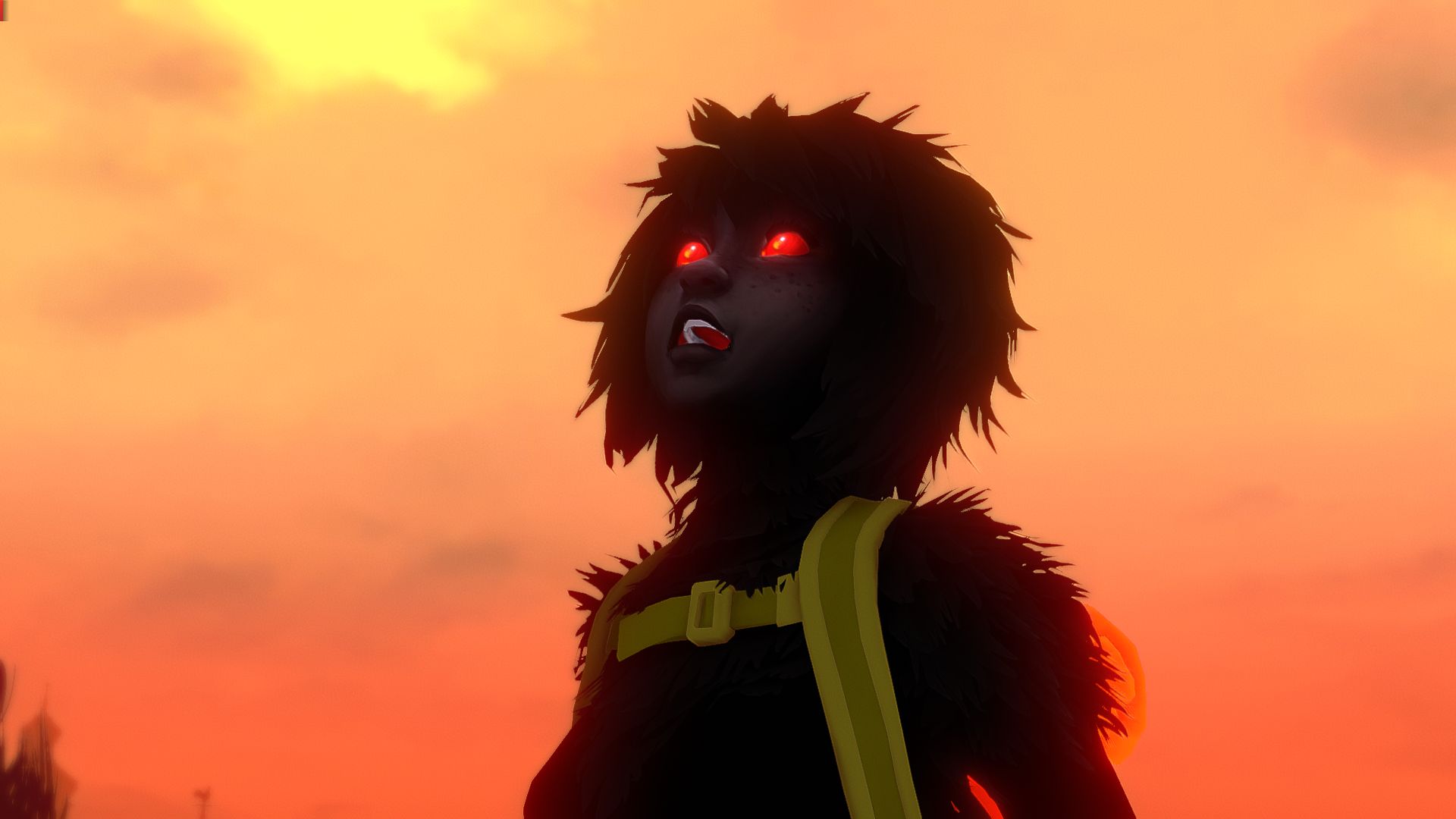Sea of Solitude Review
That sinking feeling
While there is no shortage of games that entertain and challenge, there are relatively few that delve into the darker side of the human condition. Hellblade: Senua’s Sacrifice was one recent example that tackled psychosis to good effect, and it also offered strong action in an interesting setting. Sea of Solitude has the mental element covered, on a basic level, and provides some decent visuals, but it does not offer meaningful gameplay. Think of it as a mix between Submerged (2015), with only minimal climbing, and the personal battles found in Hellblade, without all that whispering. The developers, Jo-Mei, set themselves quite a challenge when they opted to focus on mental health issues, such as anxiety and depression. Sea of Solitude is interesting for its subject matter but not for the overall interactive experience.

You play as Kay, a young girl thrown into a boat and set free to explore nearby flooded buildings. In the water, and nearby, are dark creatures that represent parts of Kay’s damaged psyche. A sharp-toothed serpent patrols and it will eat Kay if she leaves her boat and swims for too long. Another monster hides inside a big shell, often blocking her progress. These frequent dark beings taunt and belittle Kay as she ventures forth. She must navigate alone, following a girl in a yellow raincoat, and face her demons.
While the dark monsters can be confronting, there is not excessive gloom or horror. It casts its net wide when dealing with mental issues. Loneliness is the central theme, arising from Kay’s solo journey, the isolated location, and the constrained areas when she can explore on foot. But other themes include bullying, anxiety, psychosis, depression, suicide, and self-esteem. It is likely that one or more will resonate. At the very least, it will raise awareness; the disorders are treated with respect and presented in a way that makes them easy to understand. The different themes crop up in stages, as Kay helps animals that represent the people in her life who are also struggling.
One of the chapters involves Kay rescuing her brother from bullies. As you move through school environments, red-eyed kids chase and pummel Kay if they get close. Kay has no weapons or special abilities to verse them directly. But she does have a flare, which not only guides her to the next objective but can vaporize bullies if you lure them to the right place. Avoiding bullies gets tiresome quickly, and the prolonged boss experience at the end asks Kay to perform the same unchallenging task four times over. The blandness of this chapter is telling for the rest of the game.

Most of the time, you will be removing ‘corruption’ from the world. Corruption appears as nodes, usually hidden and exposed by following Kay’s homing flare. Clearing corruption is just holding a button until the darkness is removed and then doing the same at nearby points. Sometimes you will need to focus a beam (onto the shelled creature) although doing this with the mouse is awful because of the low sensitivity. Clearing corruption might brighten up the immediate area, raising or lowering the water, bringing temporary reprieve from the dark constructs of Kay’s mind and allowing her to progress.
In order to get to the next point, you might need to get out of the boat and walk over rooftops and/or take short swims between buildings. Getting eaten by the serpent will reset your progress to a nearby ledge, but avoiding any threat lacks challenge and only artificially slows down the threadbare adventure. Kay’s flare will always guide her to the next point, so no thought is needed. You can explore non-hostile areas at leisure, to find bland collectibles, although doing this will often lead to retreading even more ground as the game takes you back through places at various stages of flooding.

The most interesting moments occur when the sea level in a specific area falls drastically, creating a circular wall of water, and letting Kay explore the city streets on foot. These moments are refreshing and somewhat uneasy as you run through abandoned town squares, marketplaces, street corners, and railways. The buildings are such a nice warm shade of orange that it is an immediate visual break. But the specific city environments are not used effectively outside the occasional comment in dialogue. You just clear more corruption nodes and wait until the sea resets and off you go again.
Later in the story, additional gameplay elements are introduced without much success. There’s a tower that Kay can clumsily climb for far too long, only to get in her boat and clear corruption again. A couple of quasi boss fights are not horrible, although they generally feature Kay running away from threats that behave like the obnoxious bullies from early in the game. The gameplay just does not do enough to carry the moments between the emotional story beats.
At least the visuals are a treat, both for the environments and for the creatures. All the animals have a distinctive dark skin and this makes for excellent contrast against the world. Aiding the journey is a pleasing musical track that uses a mix of piano and violin, often in isolation, along with vibrating notes to convey longing and sadness. Voice work is good and genuine, possibly because most of it comes from the developers themselves, although subtitles might be required given the heavy accents.

It is brave to represent something as complex as mental illness in media, let alone a video game. Jo-Mei has managed to do it fairly well, with suitable mix of darkness and hope in a visually-appealing flooded world. It’s just a shame that the repetitive and bland gameplay is so depressing. Despite the game being merely three hours long, it could have been half that without losing much of itself. Sea of Solitude is probably worth exploring, just to get a different perspective on mental health, but you’d be crazy not to wait until the price sinks.
 Comments
Comments












